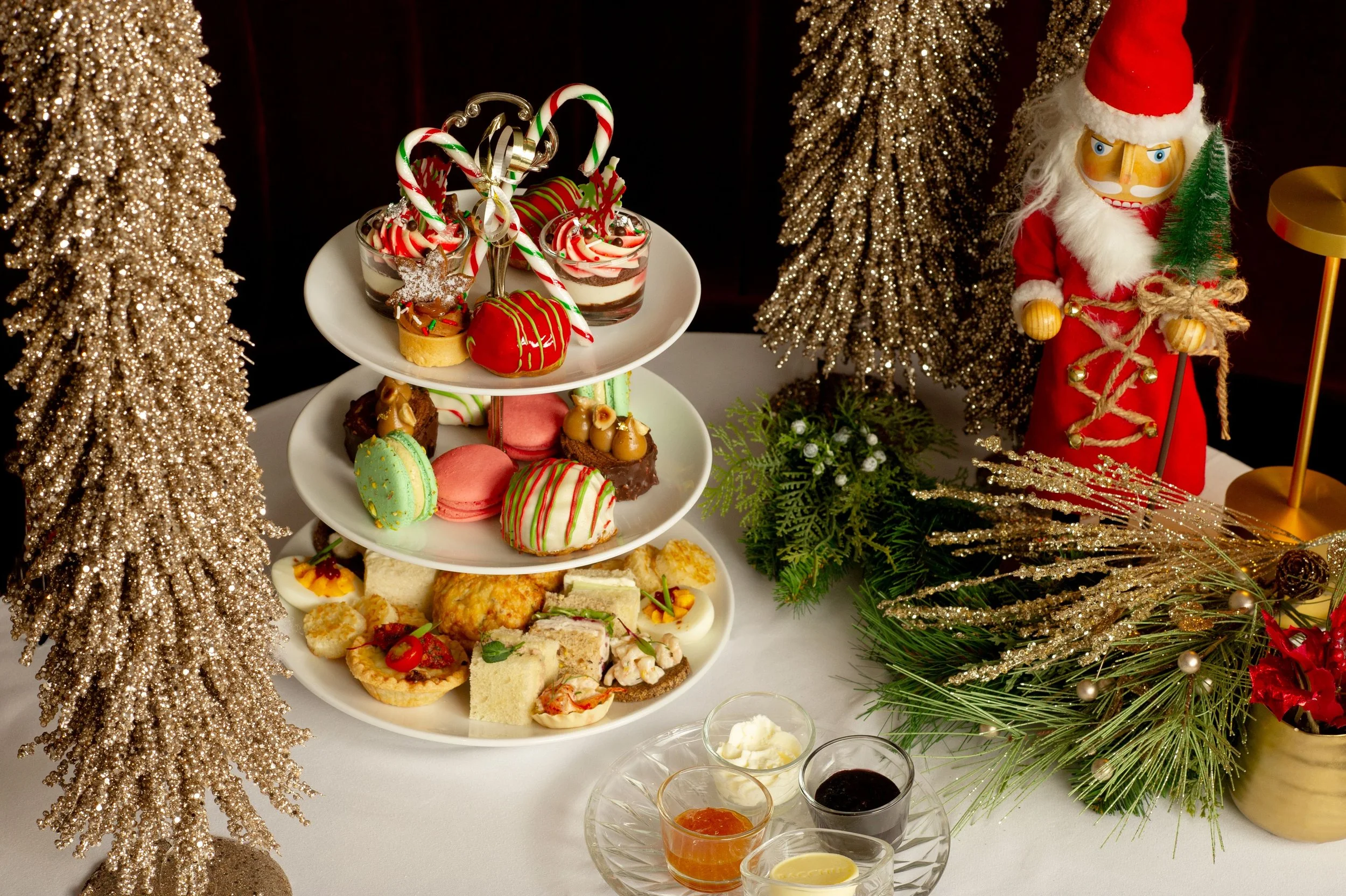Theatre review: You used to call me Marie… is an artfully crafted love story reaching across Métis history
The Cultch, Savage Society, and NAC Indigenous Theatre coproduction balances joy and solemnity in a transporting vision
Tai Amy Grauman and Aren Okemaysim. Photo by Emily Cooper
The Cultch, Savage Society, and NAC Indigenous Theatre present You used to call me Marie… at the York Theatre to April 28 as part of the Femme Festival
TO THE SPIRITED melodies of a fiddle and the thunderous gallop of horses, an epic tale begins. After making a vow with her beloved, Marie Callihoo, a French-Cree woman, falls from the star world into Alberta’s vast plains. Traversing temporal bounds, the star-crossed lovers become destined to reunite across lifetimes. As its two protagonists meet time and time again and march toward the future, You used to call me Marie...’s layered love story unfolds alongside the history of the Métis nation in the prairies. Balancing joy and solemnity, the production brings an encompassing vision that feels finely tuned and artfully crafted.
Accompanied by live music and dance, and guided by the voices of three omnipresent narrators (Cole Alvis, Krystle Pederson, and Rebecca Sadowski), Savage Society and NAC Indigenous Theatre’s coproduction takes us from the era of fur trades in the early 1700s to the shifting landscapes of governance in Canada, all the way to current time. Throughout, issues of land rights, cultural discrimination and decimation, and political strife weave personal and national histories together.
Directed by Lois Anderson and written by Tai Amy Grauman (who also spiritedly embodies the role of Marie), the narrative(s) are approached with care and reverence—a sentiment that threads through the very fabric of the show. “Their stories don’t just show up; I had to go looking,” declares the protagonist at one point, reflecting on her female ancestors and their overlooked legacies, which the play strives to bring to light. Take, for instance, the shared but forking paths of the couple during the 1930s, a time when performer Aren Okemaysim’s character must leave his wife to join the fight for the recognition of Métis rights and land security. While he delivers speeches and gathers signatures, Marie, apart from him (but beside him on stage) stays behind to protect and cultivate the land, nurture her people, and bring new life into the world—labour often missing from the annals of history.
Later, this recognition of endurance finds resonance through Pederson’s powerful singing voice: “He organizes his people, she tends to her community, she swallows stars...”
Most of the music is performed live by the multidisciplinary ensemble, who not only lend their acting and narration, but also musical skills, led by band captain and skilled fiddler Kathleen Nisbet. Banjo, guitar, standing bass, keyboard, and a washboard punctuate the struggles and joys in the lovers’ lives, inviting the audience to listen wistfully as circumstances force them to separate, or to clap and stomp as they celebrate their weddings.
Just as with the incorporation of song, the show's formal choices, from the recurring use of horses—embodied by the three narrators wearing stunning, sculptural horse masks—to Alaia Hamer and Evan Ducharme’s immaculately curated wardrobe across the ages, consistently engage the imagination.
The change of seasons, vocalized in the writing, serves as a lyrical marker of different timelines—like the arid desolation during a summer in the Great Depression or the blooming of spring ushering in an era of political change. Candelario Andrade’s video projection, serving as a backdrop throughout, paints these very textures: the colour, movement, rhythm, temperature, and considerable beauty of the land—the star-studded sky where life springs from and returns to; plains where wild roses and sweetgrass grow; the river which, no matter how much time passes, “always flows in the same direction.”
It’s all thoroughly transporting and taps into something that’s both grounded and expansive. Bringing such a comprehensive chronology to the stage is no doubt ambitious, and the show’s historical scope could have easily veered into didacticism, but You used to call me Marie…’s clear-eyed and holistic artistry allows it to reach well beyond that. It stands as a beautiful assertion of self, a celebration from start to finish. ![]()














